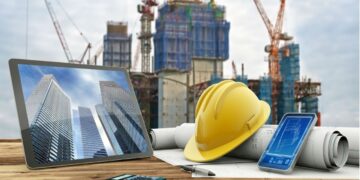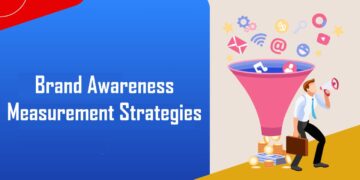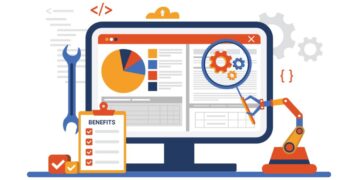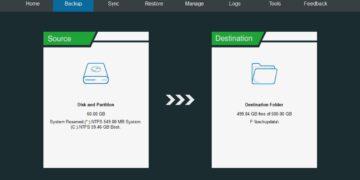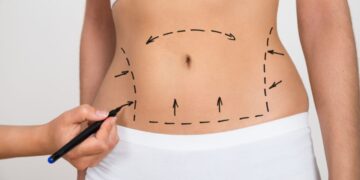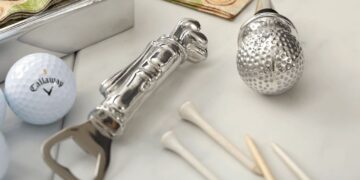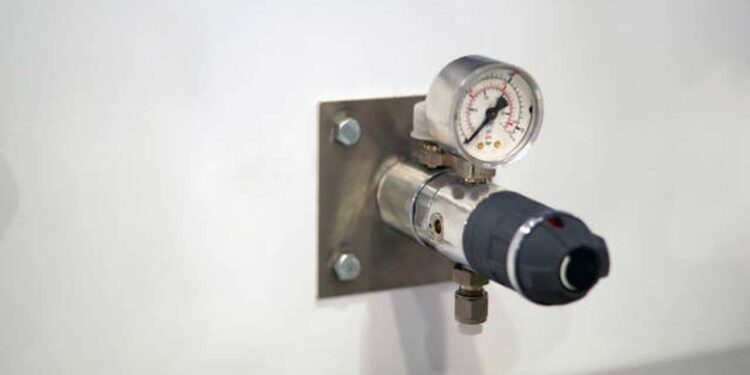In industrial process control, maintaining optimal pressure is crucial for system efficiency, safety, and product quality. One essential yet often misunderstood component of pressure control systems is the back pressure regulator (BPR). Whether you’re working in chemical processing, pharmaceuticals, oil and gas, or water treatment, understanding how back pressure regulators function—and how to select and apply them—can dramatically improve system performance.
In this comprehensive guide, we’ll cover:
- What a back pressure regulator is
- How it differs from other pressure control devices
- How it works, both mechanically and in real-world systems
- Key applications and industries
- Common configurations and materials
- Tips for selection, sizing, and maintenance
What Is a Back Pressure Regulator?
A back pressure regulator (BPR) is a type of control valve designed to maintain a set pressure upstream (or “back” from the direction of flow) by controlling the flow of media downstream. In simpler terms, it restricts flow to keep pressure constant at its inlet.
Unlike pressure reducing regulators—which maintain downstream pressure by releasing media—back pressure regulators maintain upstream pressure by venting excess fluid or gas once the setpoint is exceeded.
Think of a BPR as a safety bouncer: it allows process flow through only when pressure builds up beyond a certain threshold, protecting upstream components and maintaining consistent process parameters.
Back Pressure Regulator vs. Pressure Relief Valve
It’s easy to confuse a back pressure regulator with a pressure relief valve (PRV), but they have distinct roles:
| Feature | Back Pressure Regulator | Pressure Relief Valve |
| Purpose | Controls upstream pressure as part of a system | Protects system from overpressure |
| Operation | Modulates flow based on pressure changes | Opens only when a maximum threshold is exceeded |
| Setpoint | Adjustable and precise | Typically fixed or spring-loaded |
| Reusability | Continuous control | Emergency-only use |
A BPR is a proactive controller, while a PRV is a reactive safety device.
How Does a Back Pressure Regulator Work?
1.Basic Components
A typical back pressure regulator includes:
- Inlet port: Where the pressurized fluid enters
- Outlet port: Where the fluid exits
- Sensing element: Diaphragm or piston that senses upstream pressure
- Control spring: Sets the pressure threshold
- Valve seat & plug: Modulates flow when pressure exceeds the setpoint
2. Operating Principle
Here’s how it works step-by-step:
- Pressure builds upstream of the regulator.
- Sensing element (diaphragm or piston) detects this pressure.
- If pressure is below the setpoint, the valve stays closed or minimally open.
- When pressure exceeds the setpoint, the sensing element compresses the spring.
- This action opens the valve and allows fluid to flow downstream, reducing pressure.
- Once the upstream pressure returns to the setpoint, the valve modulates or closes.
3. Mechanical vs. Dome-Loaded vs. Electronic Designs
There are three common designs:
1. Spring-Loaded Mechanical BPRs
- Use a spring to oppose pressure on the diaphragm
- Simple and cost-effective
- Common in general industrial use
2. Dome-Loaded BPRs
- Use compressed gas in a dome chamber to apply force on the diaphragm
- Offers faster, smoother response
- Great for high-precision or variable-pressure applications
3. Electronic BPRs
- Combine sensors and actuators for digital control
- Enable remote adjustment, monitoring, and automation
- Ideal for high-tech applications like semiconductors or biopharma
Where Are Back Pressure Regulators Used?
BPRs are critical in many industries where pressure must be precisely controlled to protect equipment, ensure safety, or maintain consistent process parameters.
1. Chemical and Petrochemical Processing
- Maintain upstream reactor or vessel pressure
- Prevent gas or liquid accumulation
- Handle corrosive fluids using specialty materials
2. Pharmaceutical Manufacturing
- Used in bioreactors and chromatography systems
- Ensure precise flow control and cleanliness
- Often constructed from sanitary-grade materials
3. Oil and Gas Systems
- Control wellhead and pipeline pressures
- Used in both upstream and downstream operations
- Operate under extreme temperatures and pressures
4. Water Treatment Plants
- Regulate pressure in reverse osmosis and filtration systems
- Manage waste streams or chemical dosing
5. Laboratory and Research Equipment
- Ensure accurate pressure control in analytical instruments
- Used in gas chromatography and liquid flow labs
6. Semiconductor Manufacturing
- Require ultra-precise pressure regulation for cleanroom environments
- Often use dome-loaded or electronic BPRs
Types of Back Pressure Regulators
1. Gas Back Pressure Regulators
- Designed to handle compressible gases like nitrogen, hydrogen, or air
- Require tight shutoff and minimal leakage
2. Liquid Back Pressure Regulators
- Built to handle incompressible fluids
- Must manage potential cavitation or fluid hammer
3. High-Pressure BPRs
- Handle ranges from 1,000 to 60,000+ psi
- Common in energy and hydraulic systems
4. Sanitary BPRs
- Made from 316L stainless steel or similar
- Easy to clean, crevice-free design
- Used in food, beverage, and biotech
5. Vacuum Back Pressure Regulators
- Maintain negative pressure or vacuum conditions
- Used in specialty processing and lab applications
Materials and Construction
Selecting the right material is critical for safety, durability, and compatibility.
Common Body Materials:
- Stainless steel (316, 304) – corrosion resistance, strength
- Brass – cost-effective, for non-corrosive fluids
- PTFE-lined – chemical resistance
- Hastelloy or Monel – aggressive or corrosive chemicals
Seat and Seal Materials:
- Viton® – good chemical resistance, moderate temps
- EPDM – steam and hot water
- PTFE (Teflon®) – high chemical resistance
- Kalrez® / Perfluoroelastomers – extreme conditions
Key Performance Factors
When selecting a BPR, consider the following:
1. Setpoint Pressure Range
- Choose a regulator where your operating pressure falls in the mid-range for best accuracy.
2. Flow Capacity (Cv)
- Determines how much flow the regulator can handle. Undersized units lead to instability.
3. Pressure Drop
- Some regulators require a minimum pressure differential to operate correctly.
4. Accuracy and Repeatability
- Especially important in critical applications like lab instruments or high-value product streams.
5. Temperature Compatibility
- Ensure the regulator can handle process and ambient temperatures.
6. Response Time
- Some systems require fast-reacting regulators (e.g., fuel systems).
Sizing and Installation Tips
Proper Sizing:
- Oversizing leads to instability and hunting.
- Undersizing causes pressure buildup and process disruption.
Use manufacturer sizing charts or consult a specialist for precision.
Installation Guidelines:
- Install upstream pressure gauges for monitoring.
- Place as close as possible to the equipment being protected.
- Ensure correct flow direction—marked on the body.
- Avoid sharp bends or restrictions near the regulator.
Maintenance and Troubleshooting
Common Issues:
- Setpoint drift – often due to spring fatigue or contamination
- Leakage – may indicate seat wear or damaged seals
- Slow response – could be from clogged inlet or incorrect sizing
Maintenance Tips:
- Schedule regular inspections, especially in harsh environments
- Clean or replace seals, diaphragms, and springs as needed
- Keep spare parts on hand for mission-critical systems
- Use clean, filtered media when possible
Benefits of Using Back Pressure Regulators
- Stable upstream pressure improves system efficiency
- Protects sensitive equipment from overpressure
- Enables precise process control
- Reduces downtime and maintenance costs
- Improves safety and compliance
When Not to Use a Back Pressure Regulator
- If you need to control downstream pressure → use a pressure reducing regulator
- If your system can’t handle any flow restriction
- For emergency-only overpressure protection → use a pressure relief valve
Final Thoughts
Back pressure regulators may not be the flashiest components in your system, but they are critical to maintaining stable, efficient, and safe operation. From high-volume chemical lines to precision laboratory instruments, they ensure your upstream pressure stays where it needs to be—every time.
Understanding their function, selection, and application can help you make smarter engineering decisions and extend the life of your equipment.


